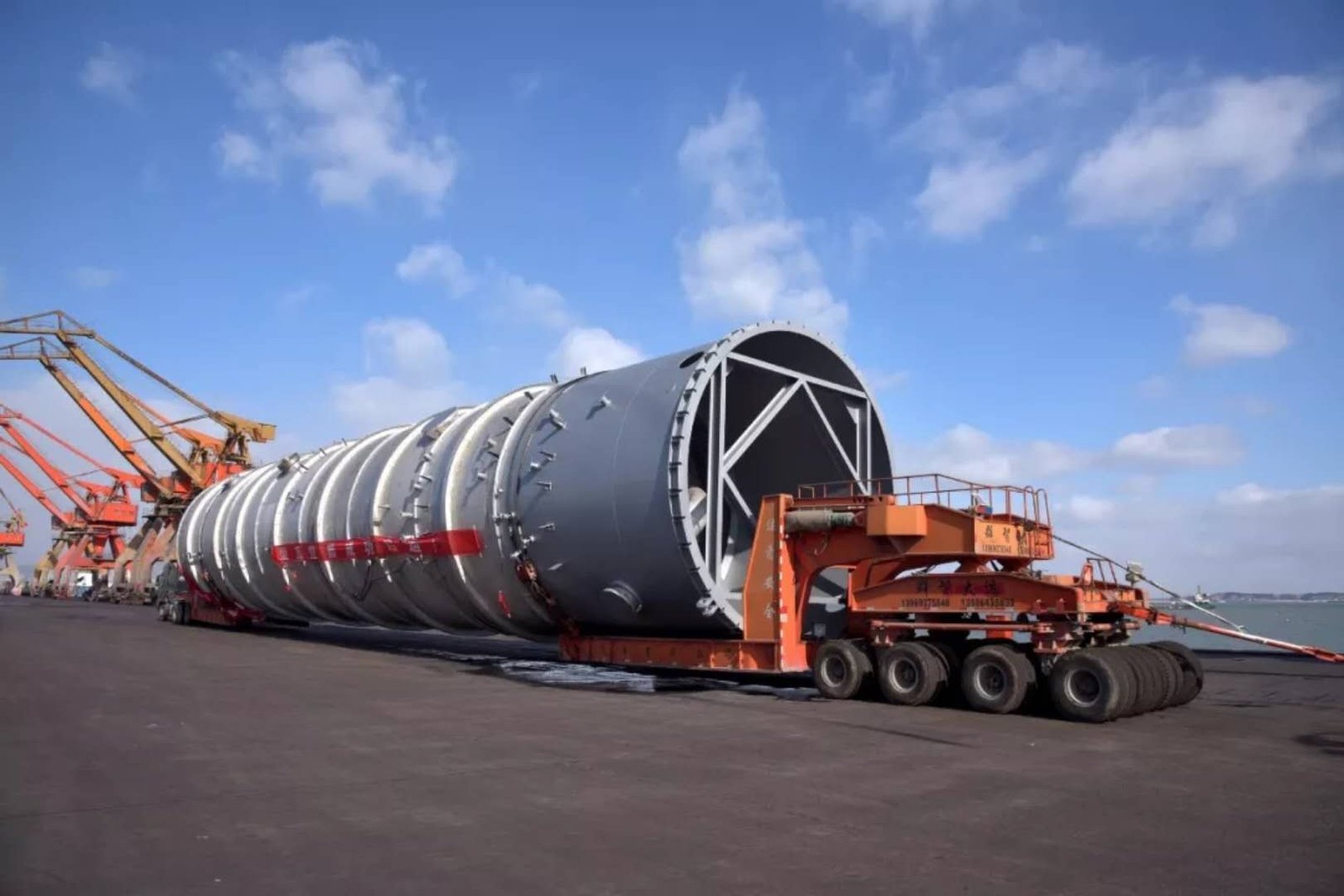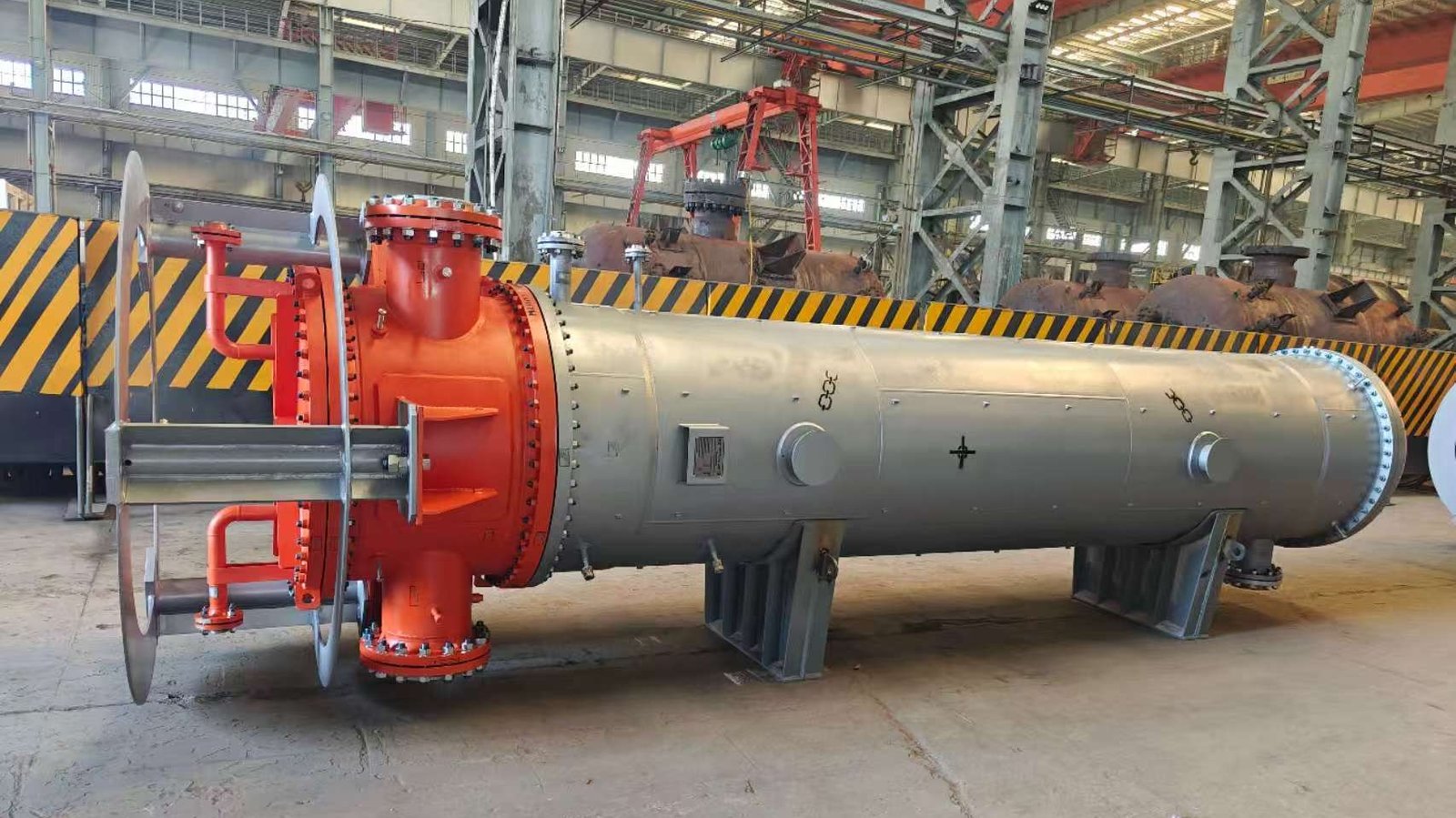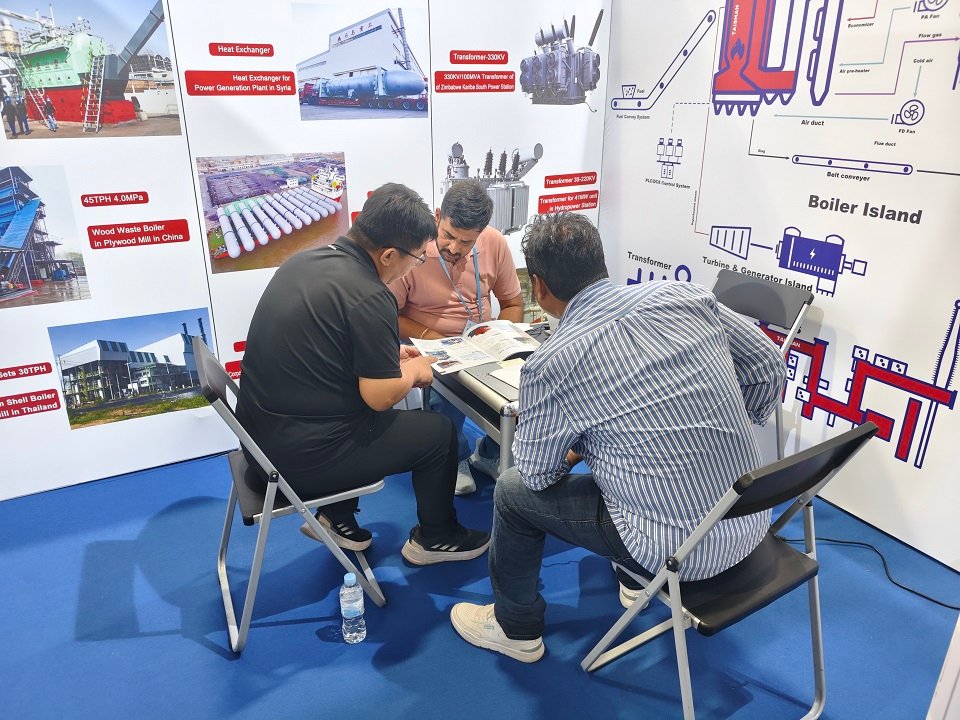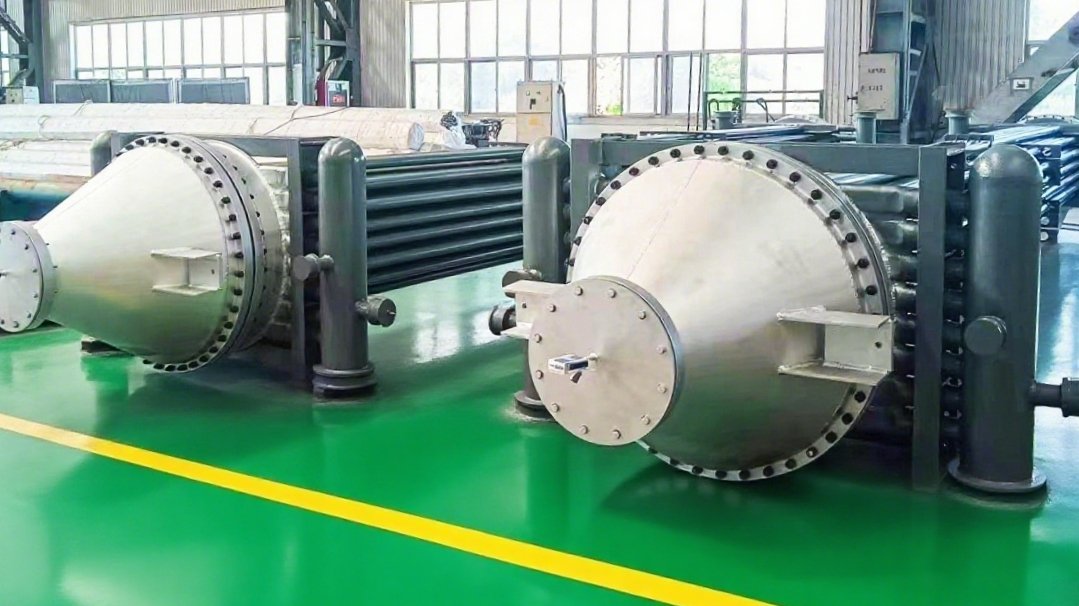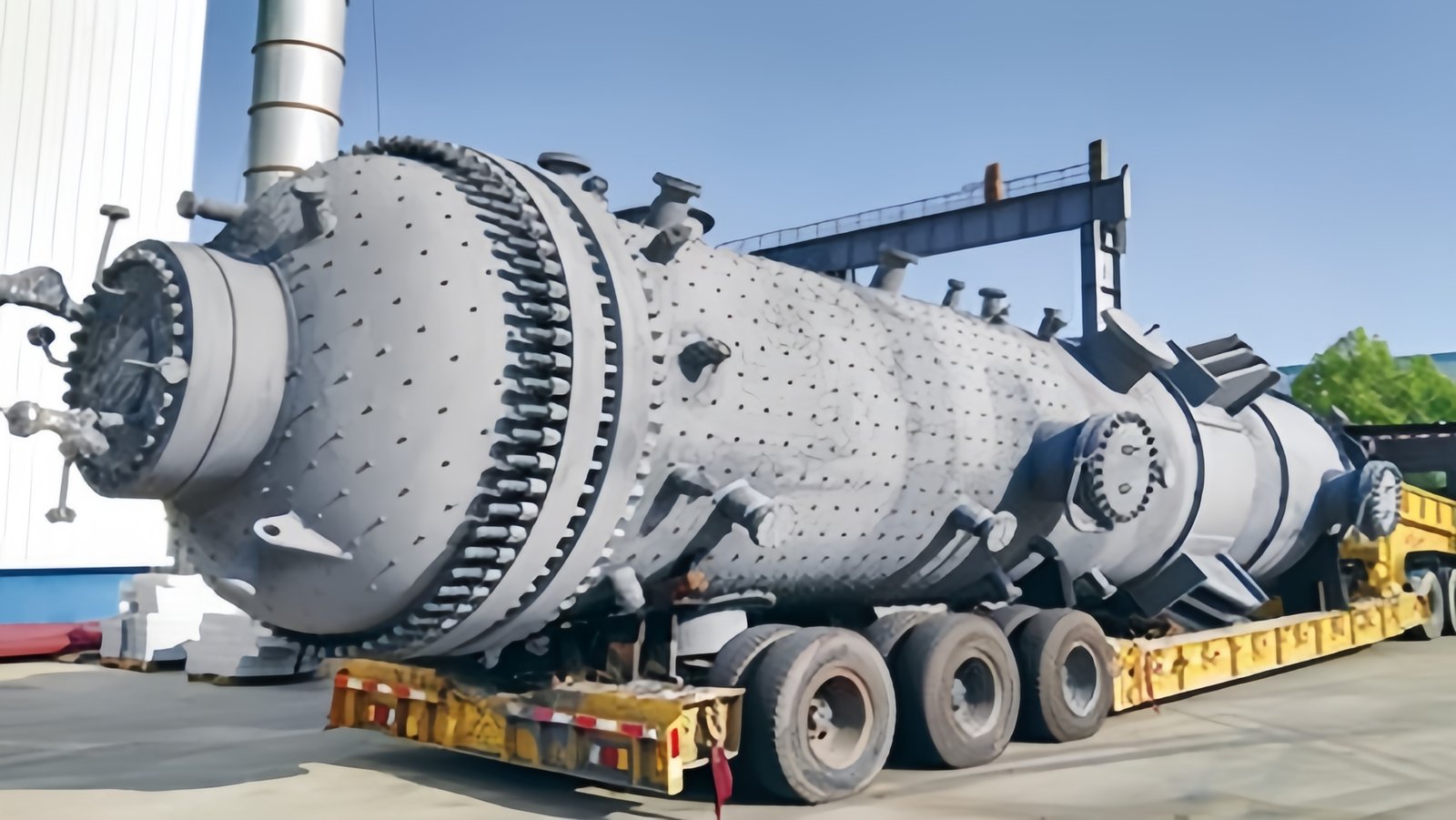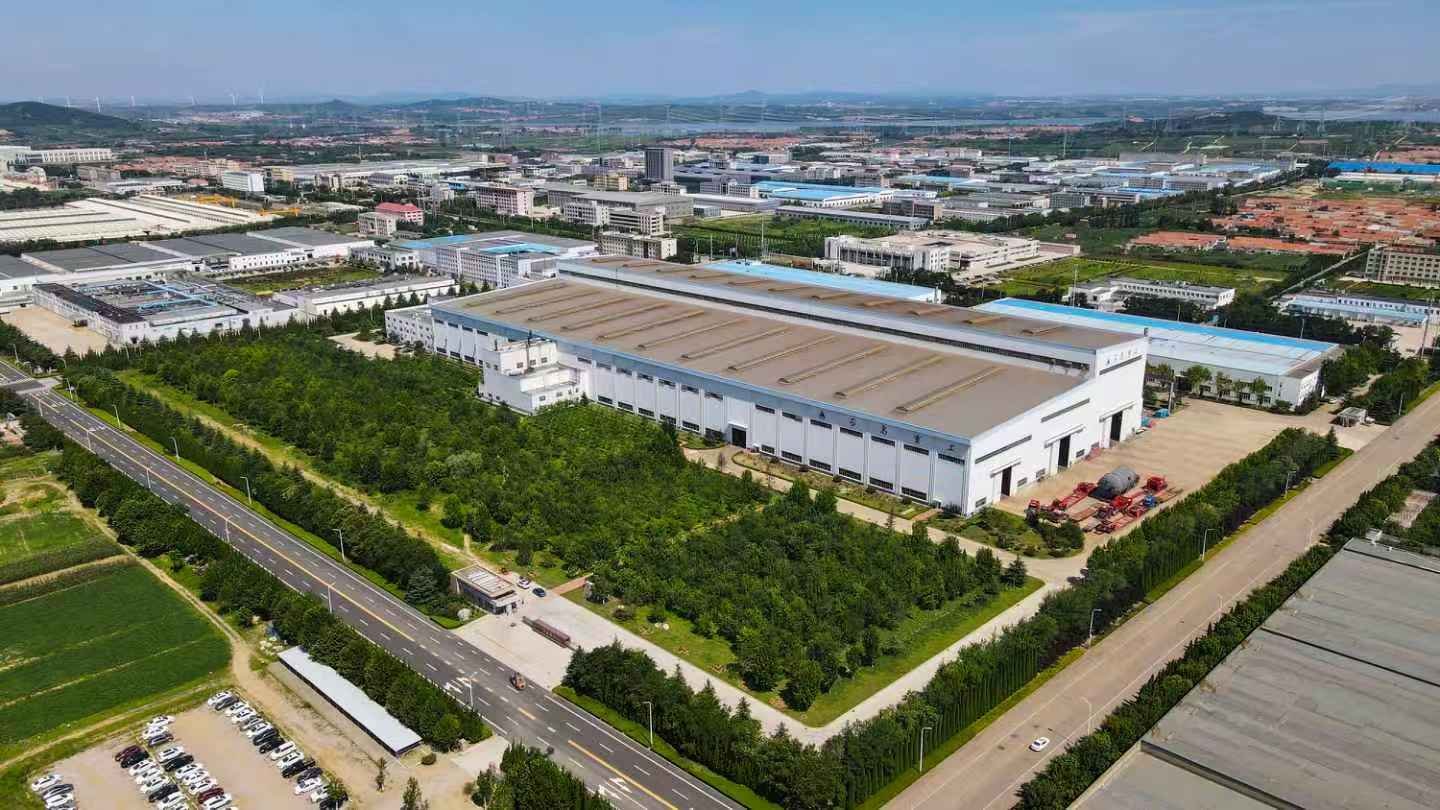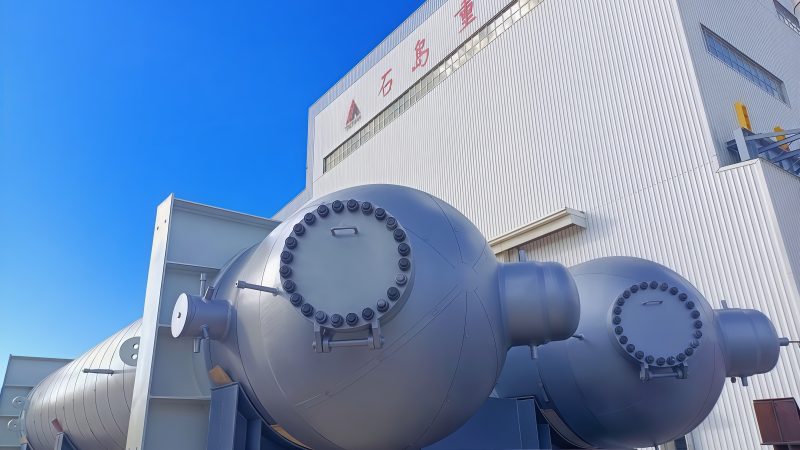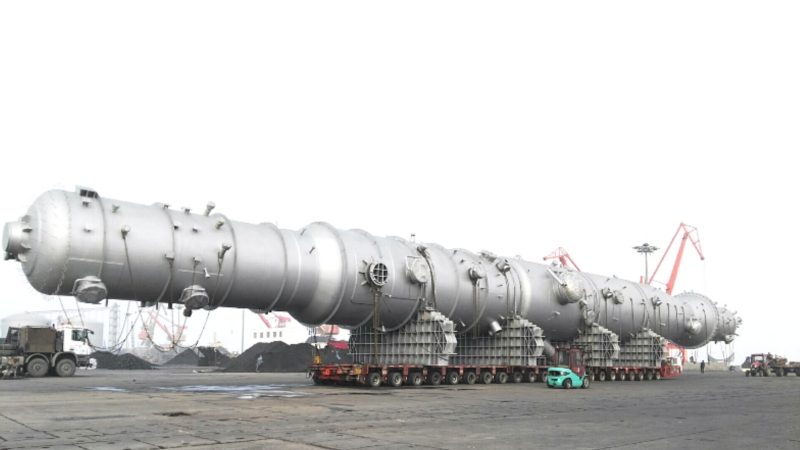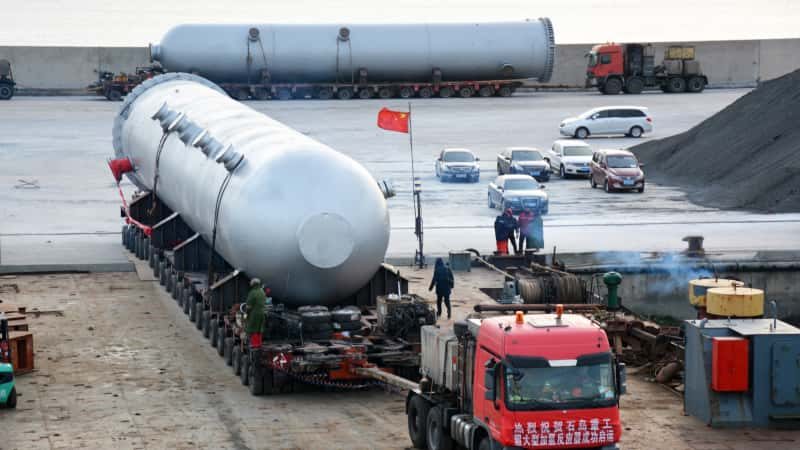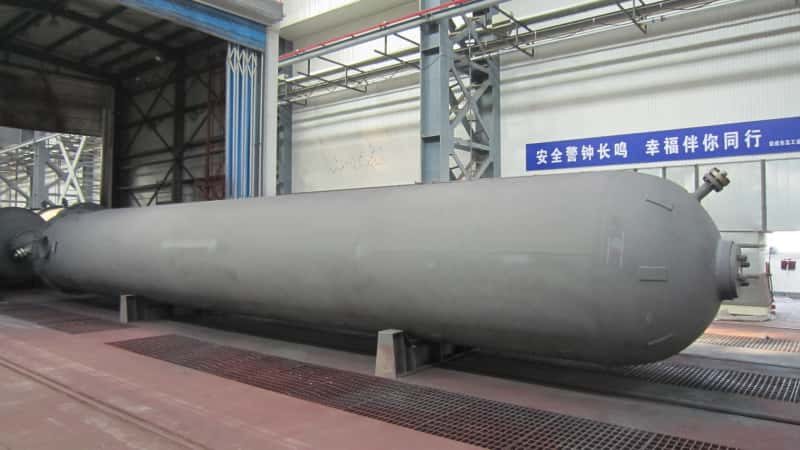\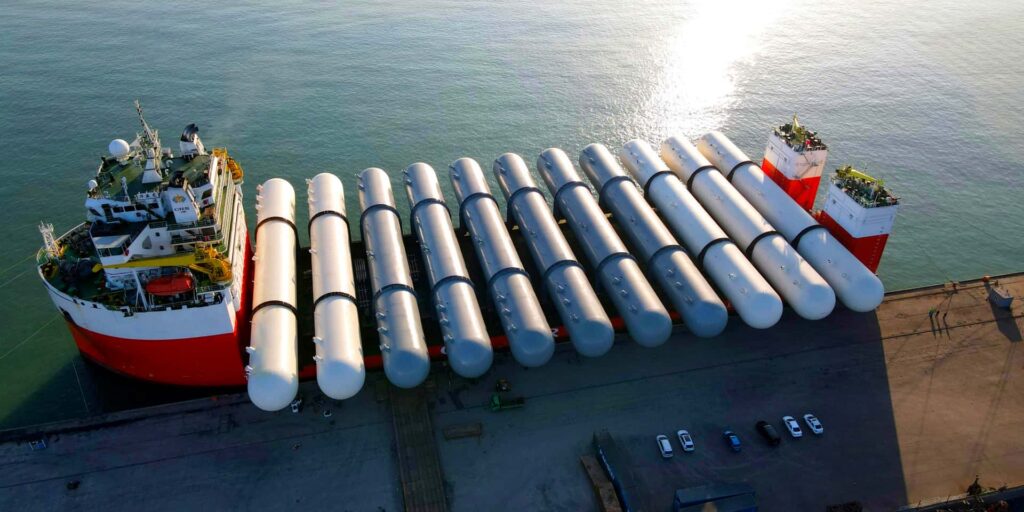 default[/caption]
default[/caption]
In industries handling pressurized media—whether it’s oxygen in hospitals, nitrogen in manufacturing, or high-pressure steam in power plants—equipment safety and legal compliance depend on knowing exactly what type of pressurized container you’re using. Yet one of the most common points of confusion lies in distinguishing a pressure vessel from a gas cylinder. While they both contain pressurized substances, they serve vastly different purposes, are regulated under different codes, and come with unique operational requirements. Misclassifying one as the other can result in regulatory violations, inefficient processes, and serious safety hazards.
A pressure vessel is a broad category of sealed containers designed to hold gases or liquids at pressures significantly different from ambient conditions, typically custom-engineered and used in fixed industrial applications. A gas cylinder, on the other hand, is a specific type of pressure vessel designed for the portable storage and transport of compressed gases, manufactured in standardized sizes and regulated separately under transportation and safety codes.
This subtle yet critical distinction affects how the equipment is built, tested, moved, and used. Read on to explore the core differences between pressure vessels and gas cylinders, including design, functionality, safety, legal compliance, and industry application.
\
All gas cylinders are pressure vessels, but not all pressure vessels are gas cylinders.True
Gas cylinders are a specific type of pressure vessel designed for portability and gas storage, whereas pressure vessels encompass a broader range of pressurized containers.
Core Definition and Functional Differences
Let’s start by defining each component.
Pressure Vessel
A pressure vessel is a static or stationary container designed to store or process fluids (gases or liquids) under pressure, often customized for specific industrial applications such as reactors, heat exchangers, boilers, or autoclaves.
Gas Cylinder
A gas cylinder is a transportable, standardized pressure vessel designed primarily for the storage and delivery of compressed gases (e.g., oxygen, acetylene, CO₂, nitrogen) used in labs, hospitals, or portable equipment.
Comparison Table: Pressure Vessel vs Gas Cylinder
| Criteria | Pressure Vessel | Gas Cylinder |
|---|---|---|
| Design Purpose | Stationary storage/process of gases or liquids | Portable storage and transport of compressed gases |
| Standardization | Custom-engineered per application | Mass-produced, standardized sizes |
| Mobility | Fixed installation | Designed for transport |
| Applications | Power plants, refineries, chemical reactors | Hospitals, welding shops, fire suppression systems |
| Design Codes | ASME Section VIII, PED, GB 150 | DOT/TC (US/Canada), ISO 9809, EN 1964 |
| Pressure Range | From vacuum up to 100,000 psi (for ultra-high-pressure vessels) | Typically 2,000–6,000 psi |
| Volume Range | A few liters to several hundred cubic meters | Typically <150 liters |
| Shape and Form | Cylindrical/spherical/elliptical—wide variety | Long, narrow cylinders with domed ends |
\ Pressure vessels are usually designed for portability like gas cylinders.False Pressure vessels are generally designed for fixed industrial installations, whereas gas cylinders are specifically engineered for portability and transport.
Design and Construction Aspects
Pressure Vessel Construction
Pressure vessels are usually:
- Custom-fabricated from carbon steel, stainless steel, Inconel, or titanium.
- Designed with welded seams, thick walls, and safety valves.
- Tested using hydrostatic, radiographic, and ultrasonic methods.
- Fitted with nozzles, supports, baffles, and internal structures.
Gas Cylinder Construction
Gas cylinders are typically:
- Seamless or welded cylindrical steel/aluminum containers.
- Built for repeated filling, storage, and transportation.
- Stamped with serial numbers, barcodes, and pressure ratings.
- Equipped with neck threads for valve installation.
| Structural Diagram | Pressure Vessel | Gas Cylinder |
|---|---|---|
| Head Type | Dished, elliptical, torispherical | Hemispherical or domed end |
| Shell Design | Thick walls, reinforced with stiffeners | Uniform cylindrical tube |
| Mounting | Saddles, supports, foundation bolts | Portable with base rings or caps |
| Valve Connection | Multiple flanged nozzles | Single threaded valve at neck |
Regulatory and Compliance Distinctions
Governing Codes
| Category | Regulatory Code |
|---|---|
| Pressure Vessels | ASME Section VIII (USA), PED (EU), GB 150 (China) |
| Gas Cylinders | DOT 3AA, DOT 3AL (USA), ISO 9809 (International), EN 1964 |
- Pressure vessels must be designed by certified engineers, stamped by authorized inspectors, and documented thoroughly.
- Gas cylinders must meet transportation codes, include periodic requalification marks (e.g., every 5 or 10 years), and are often barcoded for tracking.
\ Gas cylinders are subject to more rigorous testing than pressure vessels.False While gas cylinders undergo periodic transport safety checks, pressure vessels are subjected to more complex design, inspection, and documentation protocols due to their scale and complexity.
Use Case Examples
Pressure Vessel Applications
- Steam Drum in a power plant: Holds steam at high pressure for turbine operation.
- Hydrogen Reactor in petrochemicals: Facilitates catalytic reactions under high pressure and temperature.
- Autoclave in aerospace: Cures composite materials at high pressure.
Gas Cylinder Applications
- Oxygen Cylinder in a hospital: Supplies breathable O₂ to patients.
- CO₂ Tank in food service: Carbonates beverages in soda machines.
- Acetylene Cylinder in welding: Powers torches for metal cutting and joining.
| Case Study | Vessel Type | Context |
|---|---|---|
| Ammonia Storage at Fertilizer Plant | Pressure Vessel | Fixed 200-bar storage with ASME certification |
| Nitrogen Supply to CNC Machines | Gas Cylinder | 300-bar portable cylinders changed weekly |
| Hydrogen Reactor in Refinery | Pressure Vessel | Custom-designed to 3,000 psi and 500°C |
| Fire Suppression Systems | Gas Cylinder | CO₂ cylinders used in emergency suppression kits |
Physical and Operational Chart
| Parameter | Pressure Vessel | Gas Cylinder |
|---|---|---|
| Max Operating Pressure | Up to 100,000 psi (custom units) | Typically 2,200–6,000 psi |
| Max Volume | >10,000 gallons (37,800+ L) | Typically 5–150 liters |
| Service Life | 20–30 years (with maintenance) | 10–15 years (with periodic testing) |
| Inspection Frequency | Every 1–5 years (regulated) | Hydrostatic test every 5–10 years |
Summary
The key difference between a pressure vessel and a gas cylinder lies in their function, design purpose, and compliance standards. While both store pressurized media, gas cylinders are standardized, portable units for gas transport, whereas pressure vessels are custom-engineered systems used in high-stakes, fixed-location industrial processes. Mistaking one for the other can result in operational inefficiencies and serious regulatory breaches.
Need Help Selecting or Sourcing the Right Equipment?
We supply both custom-engineered ASME pressure vessels and certified gas cylinders for industrial and medical use. If you’re unsure which solution fits your needs, contact our expert team for personalized guidance, code-compliant fabrication, and industry-leading safety standards.



